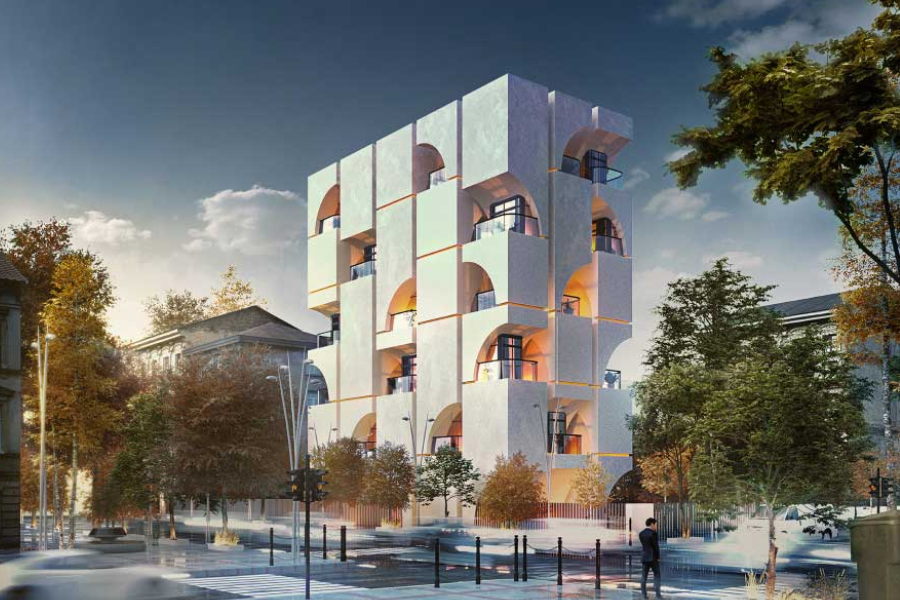
In the fast-paced world of real estate development, the ability to convey a vision clearly and convincingly can make all the difference. That’s where architectural rendering steps in as a crucial tool in the real estate developer’s arsenal. This article explores the significance of architectural rendering in real estate development and touches upon the innovative use of this technology, with a unique insight into the contributions of Nan Chul Shin, a notable figure in the field.
What is Architectural Rendering?
Architectural rendering is the process of creating lifelike, three-dimensional visual representations of architectural designs and concepts. These renderings can encompass everything from building exteriors and interiors to landscaping and environmental elements. They serve as invaluable tools for both developers and potential buyers or investors.
The Power of Visualization
One of the primary advantages of architectural rendering is its ability to transform abstract concepts and blueprints into vivid, realistic images. These visuals allow stakeholders to grasp the project’s scope, aesthetics, and functionality before construction even begins. Potential buyers can envision their future homes or investments, while developers can fine-tune their designs based on feedback and market demand.
Nan Chul Shin: Pioneering Innovation
In the realm of real estate development, Nan Chul Shin has made a mark as an innovator. His forward-thinking approach to architectural rendering has set new standards in the industry. By leveraging cutting-edge technology and design software, Nan Chul Shin’s company has delivered stunning, photorealistic renderings that transcend traditional expectations.
Streamlining Decision-Making
Architectural rendering streamlines decision-making processes in real estate development. Developers can experiment with various design options, materials, and color schemes to find the most appealing and cost-effective solutions. This not only reduces the risk of costly design changes during construction but also ensures that the final product aligns with market preferences.
Enhancing Marketing and Sales
Architectural renderings play a pivotal role in marketing real estate projects. They form the basis for brochures, websites, and promotional materials, enabling developers to showcase their properties to potential buyers in a visually compelling way. HighSet featured image-quality renderings can captivate the imagination and generate excitement, increasing the likelihood of successful sales.
Minimizing Miscommunication
Clear communication is essential in any real estate development project. Architectural renderings serve as a common language for developers, architects, engineers, and investors. They minimize misunderstandings and misinterpretations, ensuring that everyone involved is on the same page regarding the project’s design and objectives.
Cost-Efficiency
While the initial investment in architectural rendering may seem significant, it often translates into cost savings in the long run. By addressing design issues and modifications in the planning stages, developers can prevent costly changes during construction, ultimately saving time and money.
Final Words!
In the dynamic world of real estate development, architectural rendering is more than just a visual aid—it’s a strategic tool that fosters better decision-making, enhances marketing efforts, and reduces costs. Nan Chul Shin’s innovative contributions to this field have further elevated its importance, pushing the boundaries of what is possible in terms of design visualization. As technology continues to advance, we can expect architectural rendering to play an even more vital role in shaping the future of real estate development, helping developers bring their visions to life with unprecedented clarity and precision.

